Tucked away in the misty mountains of northern Vietnam, Sapa is one of those places that feels like it belongs in a storybook. Surrounded by terraced rice fields, rolling hills, and traditional hill tribe villages, it sits at about 1,500 meters (nearly 5,000 feet) above sea level in the Hoàng Liên Son mountain range. Because of its high elevation, Sapa enjoys a subtropical highland climate—very different from the steamy lowlands of Vietnam. It’s cool, often foggy, and refreshingly unpredictable, which makes visiting any time of year feel like stepping into a different world.
Sapa eSIM from Rp 18,526
🙋Must-visit Attractions in Sapa
Sun World Fansipan Legend ticket from Rp 509,091
Alpine Coaster Sapa ticket from Rp 120,910
🚌Transportation To Sapa
VIP Cabin Bus from Hanoi to Sapa & Vice Versa! Only Rp 266, 305
Weather & Seasons in Sapa
🌸 Spring (March – May)
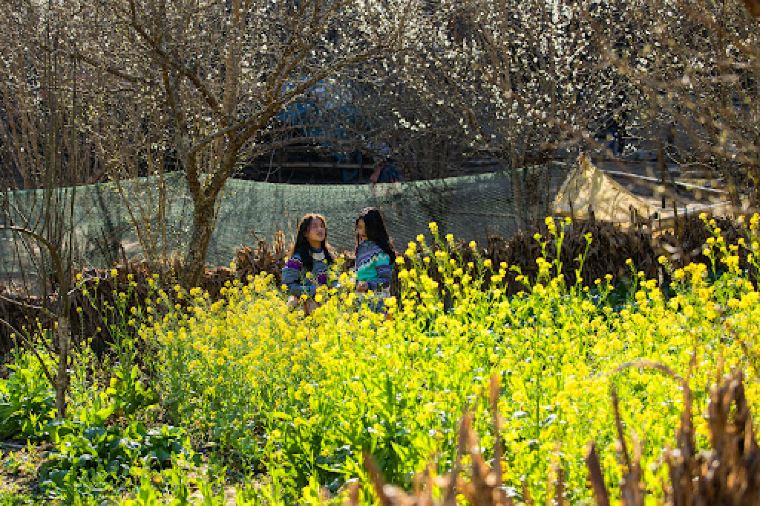
☀️ Weather: The skies clear up, the mist softens, and there's a crispness in the air that makes mornings magical. Temperatures range from 10–22°C (50–72°F). It’s the season of rebirth—the valleys start turning green again, and you’ll see the terraces slowly filling with water, reflecting the sky like glass.
👕 What to Wear: Light sweaters or long-sleeve shirts for the day, hoodie or a windbreaker for the evening chill.
🏝 Best Activities: Early morning treks—this is when the light hits the rice paddies just right. Visiting ethnic minority markets—Hmong, Dao, Tay people in colorful traditional dress. Checking out peach and plum blossoms—super underrated compared to Japan’s cherry blossoms, but just as beautiful as Japan’s cherry blossoms.
🎉 Festivals & Events: Weekly markets in villages like Bac Ha are full of life—you’ll hear flutes, smell grilled corn, and maybe get offered homemade rice wine (sip carefully)
💡 My Tip
- Spring mornings are chilly, but afternoons can warm up fast—layer up and always bring water on your hikes. You’ll want to spend hours outside.
🌿 Summer (June – August)
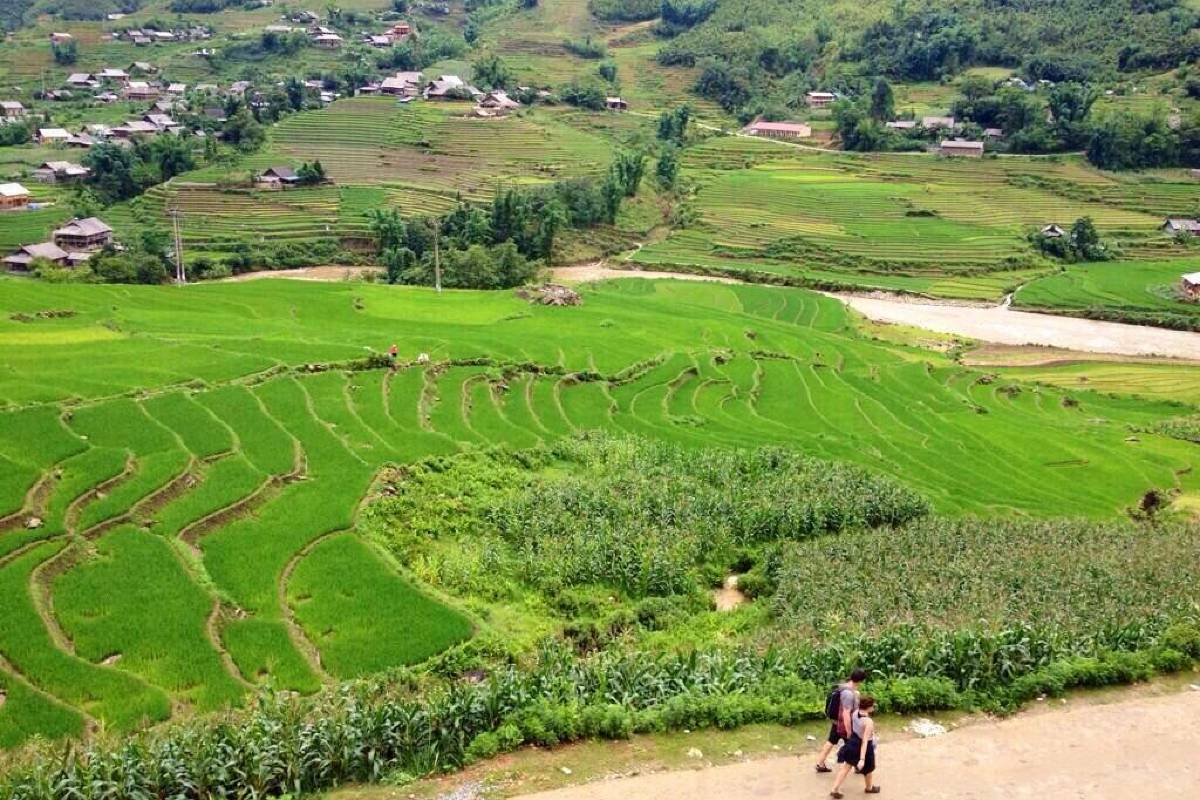
☀️ Weather
Temperatures range from 18–29°C (64–84°F), with high humidity and frequent afternoon showers. The rain is what makes everything in Sapa so lush and green, but it also means you’ll need to embrace the wet weather. Be ready for misty mornings and the occasional downpour, especially in July, the wettest month.
👕 What to Wear: Quick-dry clothes for daytime, a good rain jacket or poncho, waterproof shoes and sandals with good grip for slippery trails, bug spray to ward off mosquitoes—trust me, you’ll want it!
🏝 Best Activities: Explore the Valleys: visit the Muong Hoa Valley or take a leisurely walk through the rice terraces of Lao Chai and Ta Van villages. Vsiting waterfalls, like Silver Waterfall—they’re at their most powerful in the summer, early morning hikes before the rain hits—this is when you can get the best views and still avoid the midday downpours.
🎉 Festivals & Events: Rice planting season (June–July) is in full swing—if you’re lucky, you’ll be invited to join the local farmers in the paddies. Local festivals celebrate the abundance of nature, with fresh food, music, and stories shared around campfires.
💡 My Tip
Don’t let the rain scare you off! It can be unpredictable, but the misty atmosphere adds to Sapa’s mystery. Just make sure your phone and other electronics are waterproof, and bring a sturdy umbrella.
🍁 Autumn (September – November)
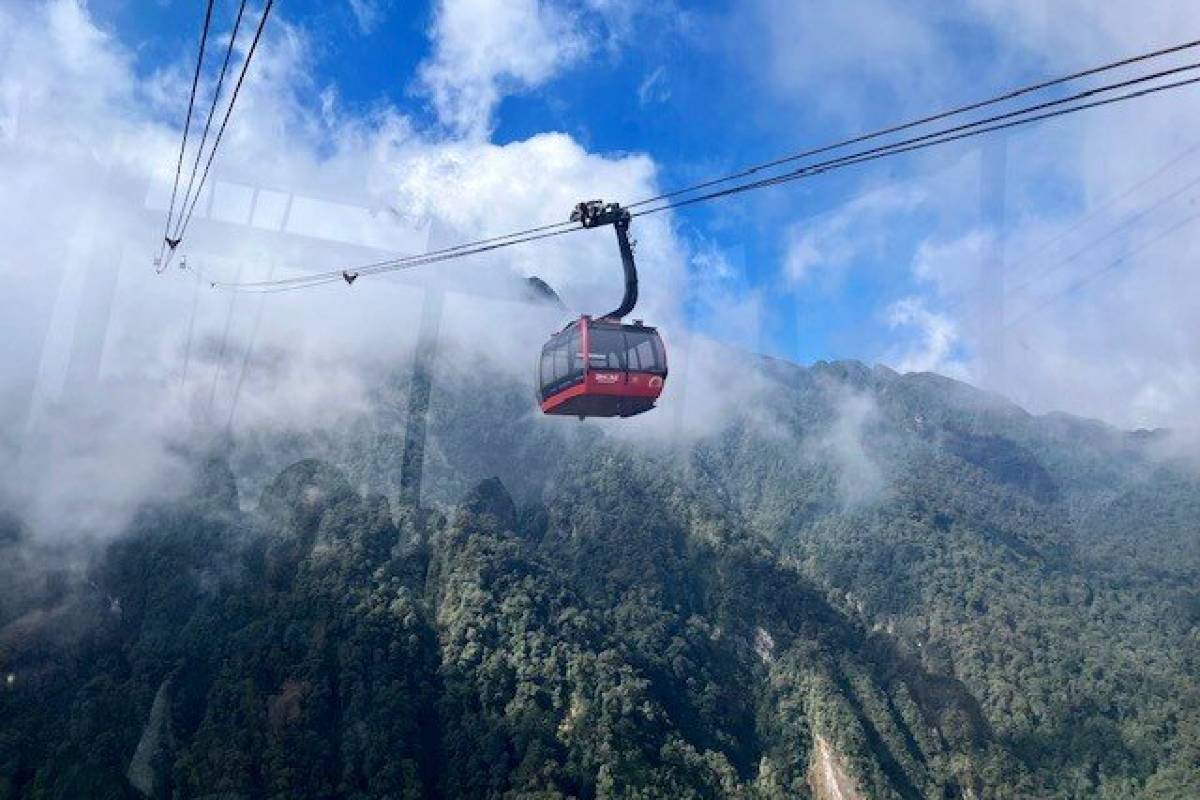
☀️ Weather
Temperatures: 15–25°C (59–77°F). This is Sapa’s golden season—cool, dry, and sunny days with chilly evenings. The rice fields turn golden, and the views are absolutely breathtaking.
👕 What to Wear
Light jacket for evenings, comfortable clothes for daytime hikes, and sunscreen to protect against the strong UV.
🏝 Best Activities
Trekking through the Muong Hoa Valley at sunrise for epic photos of the golden rice terraces. Hiking to Fansipan Peak, the highest point in Vietnam. Exploring the harvest season when locals celebrate with traditional songs and dance.
🎉 Festivals
The harvest season is in full swing in September–October, with plenty of local festivities to enjoy. The atmosphere in the villages is lively, with lots of music, food, and celebration.
💡 My Tip
This is the best season for trekking—clear skies and cooler temperatures make it ideal for outdoor activities. Don’t forget your camera—the landscapes are perfect for photos, especially when the sun hits the rice terraces.
❄️ Winter (December – February)
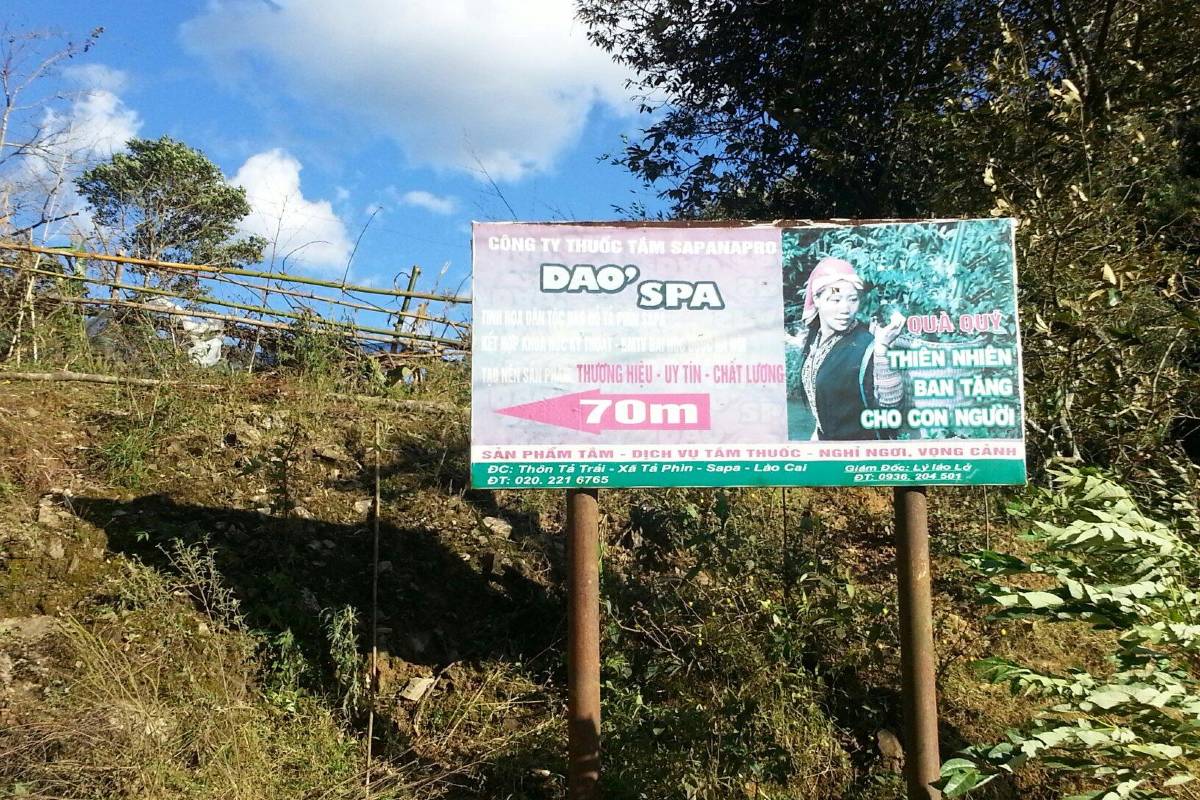
☀️ Weather
Temperatures drop to 2–15°C (36–59°F), with cold, foggy days and occasional snow, especially in January. The air is crisp, and the atmosphere is peaceful and still.
👕 What to Wear
Thermal layers, heavy coat, scarf, gloves, and warm shoes to keep cozy during the cold evenings. The cold can be more intense than you might expect!
🏝 Best Activities
Spend cozy hours in a café, sipping hot drinks while enjoying the misty views. Visit local villages where you can experience winter traditions. Try a herbal bath in a Red Dao village to warm up after a chilly day of exploring.
🎉 Festivals
Tet (Lunar New Year) is celebrated in January or February with vibrant festivals—expect fireworks, traditional dances, and family gatherings. It’s the best time to experience local culture up close.
💡 My Tip
Winter can be cold, so make sure to pack warm clothes. The peaceful, snowy atmosphere is magical, but be prepared for chilly temperatures—especially in the early mornings and evenings.
Best Time to Visit Sapa – Month-by-Month Travel Guide
Sapa is a year-round destination, but depending on your preferences for weather, activities, and festivals, different months offer unique experiences. If you're wondering about the best time to visit Sapa, it all depends on whether you're looking for vibrant greenery, cooler temperatures, or cultural celebrations. Whether you're a hiker, photographer, or cultural explorer, Sapa's weather by month will cater to your needs.
Month | Temperature (°C/°F) | Rainfall (mm/inches) | Traveler Insights |
January | 2–15°C (36–59°F) | 25mm (1 inch) | Cold, foggy weather; great for experiencing Tet celebrations. |
February | 2–16°C (36–61°F) | 20mm (0.8 inches) | Still chilly, with Tet festivities. A cozy time for cultural experiences. |
March | 10–20°C (50–68°F) | 40mm (1.6 inches) | Spring arrives; great for trekking and peach/plum blossoms. |
April | 12–22°C (54–72°F) | 50mm (2 inches) | Mild temperatures, perfect for outdoor activities and exploring villages. |
May | 14–24°C (57–75°F) | 60mm (2.4 inches) | Warmer, ideal for hikes and rice terrace views; local festivals. |
June | 18–29°C (64–84°F) | 150mm (5.9 inches) | Rainy season begins, lush landscapes; best for nature lovers. |
July | 19–30°C (66–86°F) | 220mm (8.7 inches) | Wettest month; perfect for photographers capturing lush rice terraces. |
August | 19–29°C (66–84°F) | 200mm (7.9 inches) | Continued rain, fewer tourists—great for nature walks with a misty atmosphere. |
September | 15–25°C (59–77°F) | 100mm (3.9 inches) | Rice terraces turn golden; best time for trekking and cultural festivals. |
October | 15–23°C (59–73°F) | 80mm (3.1 inches) | Clear skies, perfect weather for hiking and photographing the golden rice fields. |
November | 12–22°C (54–72°F) | 40mm (1.6 inches) | Mild weather, fewer tourists—ideal for peaceful exploration and fall foliage. |
December | 6–16°C (43–61°F) | 25mm (1 inch) | Cold, misty weather; quiet, perfect for off-season trekkers and local winter culture. |
Crowds, Costs & Festivals: Choosing the Right Time to Visit Sapa
1️⃣ Peak Season (Busiest & Most Popular Months)
The peak season in Sapa tends to fall between September and November. This is when the weather is perfect for outdoor activities: clear skies, cool temperatures, and golden rice fields during harvest season. Everyone flocks here to see the stunning landscapes at their peak, making it the busiest time of year.
Months: September – November
😵 Crowds & Costs:
Expect higher prices for flights, accommodation, and activities. Hotels can book up quickly, especially in October, when the harvest season is in full swing. You might also face large crowds in popular trekking areas.
✅ Pros:
✔️Gorgeous weather with minimal rain, ideal for trekking, photography, and exploring the rice terraces. Plus, local festivals add cultural richness. 🌾
❌ Cons:
❌High prices, busy trekking routes, and the most crowded spots.
❌Hotels and homestays can be fully booked.
💡 Smart Travel Hacks:
Book your accommodations early—especially in October. Try to visit early September for fewer crowds before the harvest rush, and head out on early morning treks to avoid the crowds. 🌄
2️⃣ Shoulder Season (Balanced Months for Weather & Crowds)
Months: March – May
😵 Crowds & Costs:
Moderate crowds and reasonable prices for flights and accommodation. You’ll still enjoy Sapa’s beauty without the peak-season crowds, and you won’t break the bank.
✅ Pros:
✔️ Comfortable weather for trekking, with the rice terraces starting to fill with water in April and May.
✔️ Fewer tourists, meaning a more peaceful experience in the villages. 🏞️
❌ Cons:
❌ Some areas can be a bit rainy in April and May, but it’s manageable.
💡 Smart Travel Hacks:
April and May are great for avoiding crowds while still experiencing the stunning scenery. If you're into photography, the rice paddies reflecting the sky are a must-see! 📸
3️⃣ Off-Peak Season (Least Crowded & Most Budget-Friendly Time)
Months: June – August
😵 Crowds & Costs:
This is when you’ll find the cheapest flights and accommodation deals in Sapa. Fewer tourists mean you can explore popular spots without the crowds, and you’ll get much better deals on your stay.
✅ Pros:
✔️ If you don’t mind getting a little wet, the rain brings lush green landscapes and misty vibes that you won’t see at other times of the year.
✔️ Fewer tourists mean a more intimate Sapa experience. 🌿
❌ Cons:
❌ Heavy rain and muddy trails make trekking challenging.
❌ Some villages might be harder to reach, and not all activities will be available. You’ll also need to pack for unpredictable weather. ☔
💡 Smart Travel Hacks:
Bring waterproof gear and embrace the lush, misty side of Sapa. Travel in June or early July to avoid the heaviest rains, and take advantage of off-season discounts. 💸
🎊 Major Festivals & Events That Impact Travel
Festival/Event | Description | Impact on Travel | Dates/Month |
Tet (Lunar New Year) | Celebrates the lunar new year with family gatherings and traditional ceremonies. | Prices spike, many businesses close. | January/February |
Sapa’s Rice Harvest Festival | A celebration of the rice harvest with local performances and rituals. | Domestic tourism peaks; expect busier hotels. | September |
Bac Ha Market (Weekly) | A vibrant ethnic market showcasing local cultures. | Crowds peak, especially during harvest months. | Every Sunday |
Grab Flight Discounts To Vietnam
- Satu Arah
- Pulang-Pergi
- direct cheapest
 CGK14:004h 15mLangsungHAN18:15Jakarta - Hanoi|Min, 18 Jan|VietJet Air (VJ)MYR 306MYR 42328% off28% offMYR 423MYR 306
CGK14:004h 15mLangsungHAN18:15Jakarta - Hanoi|Min, 18 Jan|VietJet Air (VJ)MYR 306MYR 42328% off28% offMYR 423MYR 306  CGK20:1012h 25m1 stopHAN08:35Jakarta - Hanoi|Sab, 28 Feb|Scoot AirlinesMYR 308MYR 42327% off27% offMYR 423MYR 308
CGK20:1012h 25m1 stopHAN08:35Jakarta - Hanoi|Sab, 28 Feb|Scoot AirlinesMYR 308MYR 42327% off27% offMYR 423MYR 308 CGK20:1012h 25m1 stopHAN08:35Jakarta - Hanoi|Sab, 24 Jan|Scoot AirlinesMYR 317MYR 42325% off25% offMYR 423MYR 317
CGK20:1012h 25m1 stopHAN08:35Jakarta - Hanoi|Sab, 24 Jan|Scoot AirlinesMYR 317MYR 42325% off25% offMYR 423MYR 317 JKT1:00 PM3h 5mLangsungHAN2:00 PMJakarta - Hanoi|Tue, Dec 30|VietJet Air (VJ)Temukan Penerbangan LainnyaTemukan Penerbangan Lainnya
JKT1:00 PM3h 5mLangsungHAN2:00 PMJakarta - Hanoi|Tue, Dec 30|VietJet Air (VJ)Temukan Penerbangan LainnyaTemukan Penerbangan Lainnya
Harga penerbangan yang ditampilkan dari ${{departCityName}} ke ${{arrivalCityName}} didasarkan pada rata-rata harga berbagai maskapai untuk 3 bulan ke depan, menurut basis data terbaru Trip.com.
Best Time to Visit Sapa Based on Your Travel Style
1️⃣ Budget Travelers
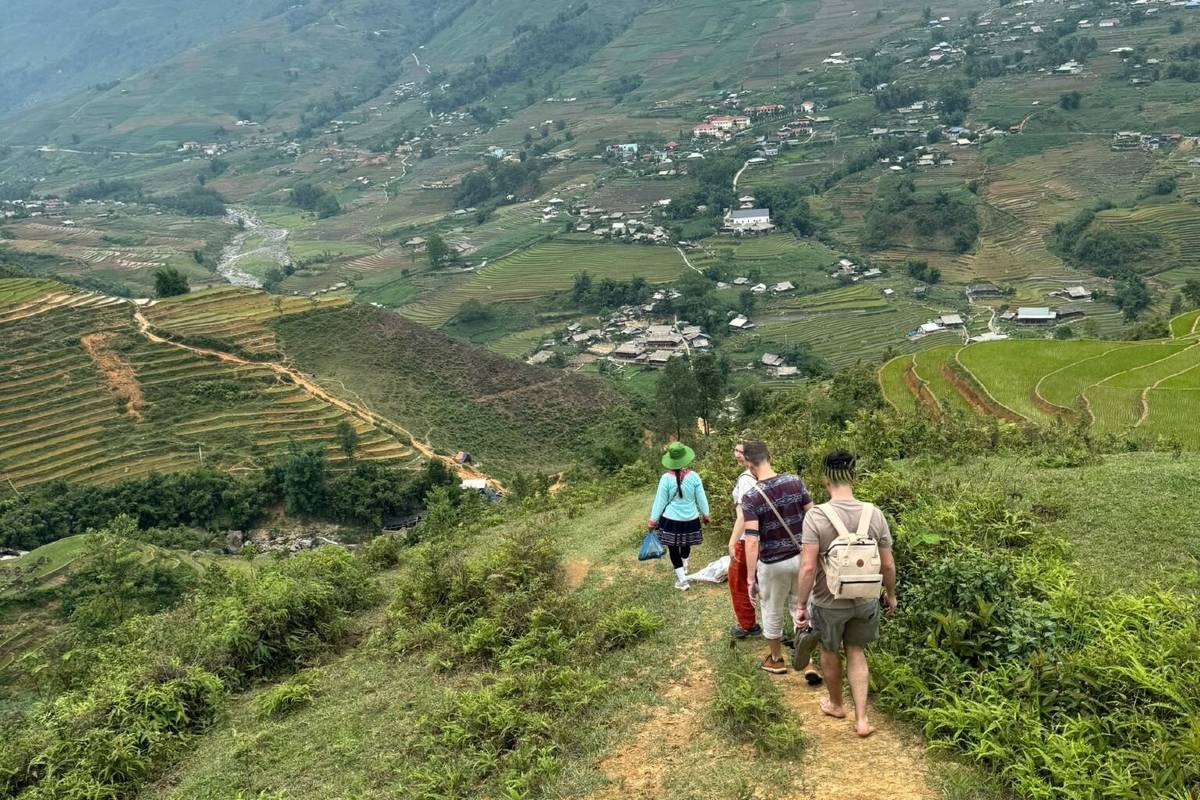
Best Time: June – August
If you’re looking to save money on your trip to Sapa, visiting during the off-peak season in June to August is a great choice. This is when you’ll find cheaper flights and lower accommodation rates due to fewer tourists.
Why this is ideal: The rainy season means fewer tourists, and prices drop accordingly. You'll get better deals on hotels and flights.
💡 Money-saving tips:
- Book early to snag the best deals on flights and accommodation.
- Stay in homestays or guesthouses for a more budget-friendly experience
- Explore the Giang Ta Chai Village and local markets for cheap eats rather than dining in touristy spots.
2️⃣ Luxury Travelers ✨

Best Time: March – May & September – November
For a luxury experience in Sapa, you’ll want to go during the shoulder seasons, either March to May or September to November. The weather is pleasant, making it perfect for high-end experiences like luxury trekking tours, exclusive events, and stays in upscale resorts.
Why this is ideal: The weather is at its most comfortable, and you can enjoy luxury services without the crowds.
💎 Luxury tips:
- Stay at high-end resorts like Topas Ecolodge, which offers stunning views and premium services.
- Book private trekking tours with a guide to explore the natural beauty of the area in peace.
- Don’t miss out on a spa treatment after a long day of trekking or sightseeing.
3️⃣ Adventure Seekers 🏞️
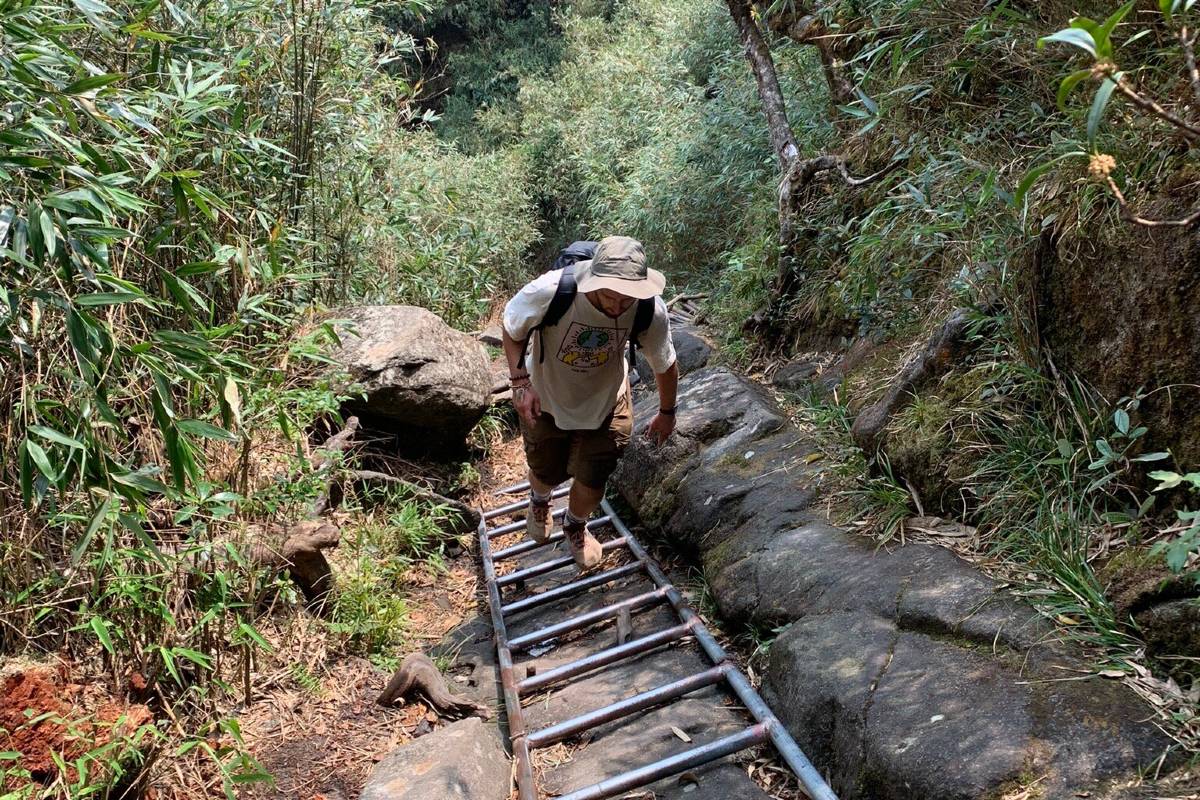
Best Time: September – November & March – May
For adventure lovers, the best time to visit Sapa is when the weather is mild, and outdoor activities are at their best. September to November and March to May are perfect months to enjoy trekking, hiking, and exploring the stunning landscapes of the region.
Why this is ideal: These months offer the best trekking conditions—moderate temperatures and clear skies for amazing views of the terraced rice fields and mountains.
🌊 Adventure tips:
- Trek to the Fansipan Summit—the "Roof of Indochina"—during the dry months for optimal conditions.
- Explore the Muong Hoa Valley and lesser-known trekking routes for more off-the-beaten-path experiences.
- For a thrilling challenge, try the multi-day trek through remote villages.
4️⃣ Cultural Enthusiasts 🏛️

Best Time: September – November & March – May
If you’re a cultural enthusiast, the best time to visit Sapa is during the harvest season in September to November, or in March to May when you can experience the rich local culture without the heavy tourist traffic.
Why this is ideal: The harvest season is vibrant with festivals, and during the shoulder months, cultural sites like museum, local markets and temples are less crowded.
🎭Cultural tips:
- Visit local markets like the Bac Ha Market to witness ethnic minority groups like the Hmong, Tay, and Dao.
- Experience Sapa’s Rice Harvest Festival in September to immerse yourself in local traditions.
- Spend time visiting ethnic villages to learn about their customs, lifestyles, and history.
5️⃣ Family Travelers 👨👩👧👦

Best Time: March – May & September – November
For families, the ideal time to visit Sapa is during the shoulder seasons—either March to May or September to November. The weather is mild, and it’s less crowded, making it perfect for family-friendly activities like sightseeing and nature walks.
Why this is ideal: The weather is comfortable, and you can avoid the summer crowds while still enjoying the region’s beauty.
🏰 Family tips:
- Visit the villages for easy hikes that are safe and enjoyable for kids, with scenic views.
- Explore the terraced rice fields and take a leisurely walk through the countryside—great for family photos!
- Stay in family-friendly homestays or resorts that offer activities for children, like cultural experiences or farm visits.
Hotel Recommendation In Sapa
Final Tips for Planning Your Trip to Sapa
Now that you’ve got the inside scoop on the best time to visit Sapa, let’s make sure your trip is as smooth as possible. If you're wondering about where to stay, check out our Where to Stay in Sapa guide to find the best neighborhoods and accommodation options to suit your style and budget. I know how important it is to have a cozy home base when you’re out exploring all day!
If you’re ready to dive into the adventure, don’t miss our Top Things to Do in Sapa. I’ve included all the must-see spots and some hidden gems that will make your trip unforgettable. Whether you're into trekking through the terraces, visiting local markets, or just soaking in the stunning views, I’ve got you covered!
With the best time to visit Sapa in mind, all that’s left is to book your flights and pack your bags! Let’s get this adventure started. ✈️🧳
FAQs: Common Questions About Visiting Sapa
What’s the best way to get around Sapa?
The best way to get around Sapa is by local taxi, on foot or by motorbike. You’ll find that walking through the town and nearby villages is the most convenient and enjoyable way to explore.How much should I budget per day?
Sapa is pretty affordable, especially if you're traveling on a budget. You can expect to spend around $25–$40 per day for basic meals, transportation, and accommodations.Is Sapa safe for tourists?
Yes, Sapa is generally safe for tourists! The locals are friendly, and violent crime is rare. Just be cautious in more remote areas, especially when trekking, and be mindful of your belongings in busy markets.What’s the best neighborhood to stay in?
If you want to be close to the main attractions and have easy access to shops and restaurants, staying in Sapa Town is your best bet.What’s the best local food to try?
Thang co (a local hotpot) and com lam (bamboo rice), Also, don’t miss the chance to try pho, the Vietnamese noodle soup, at one of the small street stalls.What’s a common tourist mistake?
A common mistake is underestimating the weather, especially if you're trekking. The weather can change quickly, so it’s crucial to bring layers and be prepared for rain. Also, avoid assuming all areas in Sapa are easily accessible by car or bus; some remote villages require a bit of effort to get to!Do I need cash, or can I use a credit card everywhere?
While many places in Sapa accept credit cards, cash is king, especially in remote areas. I recommend having cash on hand for markets, street food, and local services.What are the best free things to do in Sapa?
There are plenty of free things to do in Sapa! Explore the stunning rice terraces, take a walk around Sapa Lake, or hike to the Ham Rong Mountain for panoramic views of the town and surrounding area.
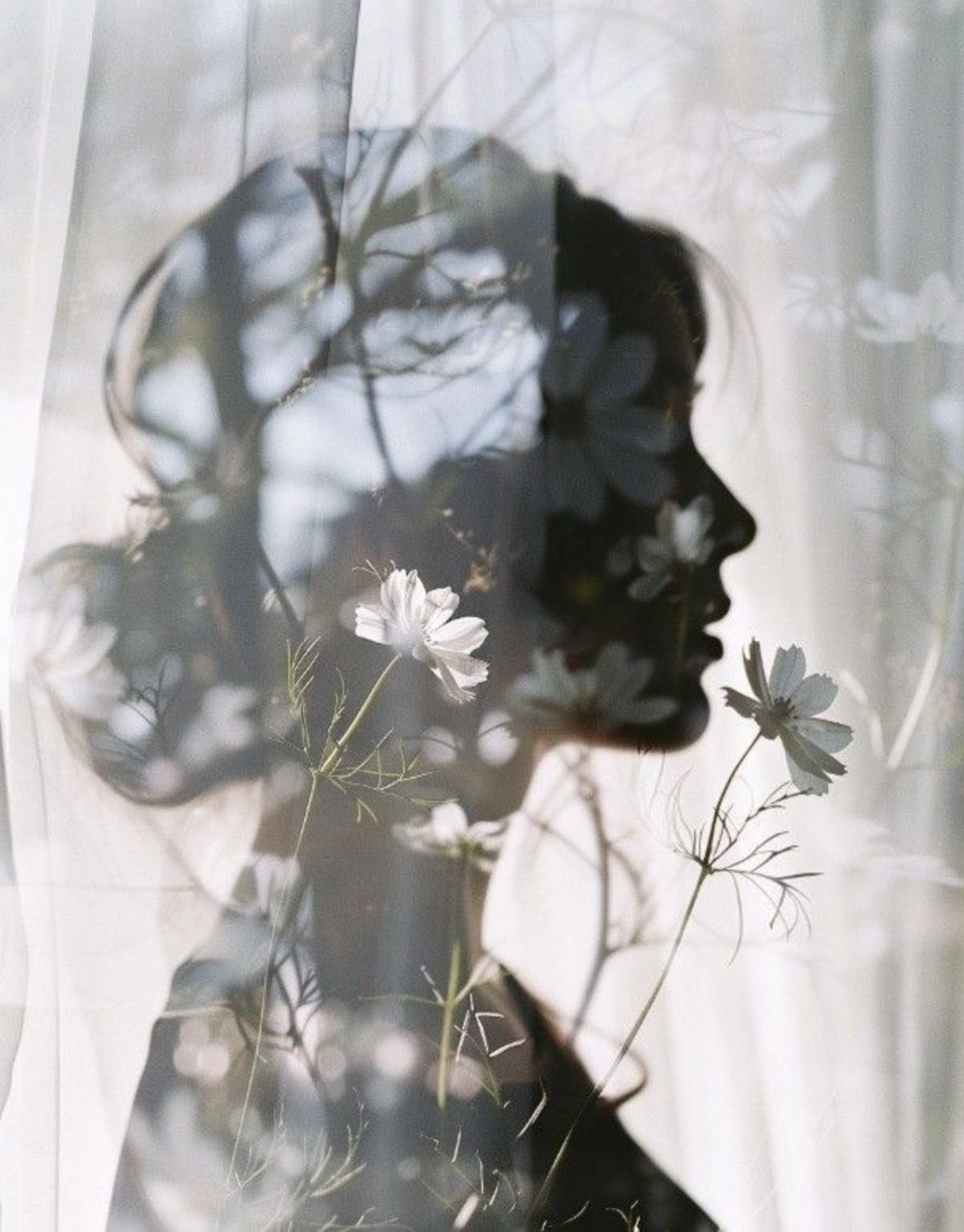
 NO.1
NO.1


